I love the cover of this Europe by Car brochure. The roads make for a nice grid structure and give the piece a Mondrian-esque quality. The business model for the company was pretty interesting as well. Europe by Car offered services for Americans interested in traveling around Europe for extended periods of time. Using their services you could purchase a European car to use on your travels. At the end of your vacation, Europe by Car would also help ship your new car back to the U.S.
The brochure includes prices for cars from Porsche, Austin Healy, Citroen, Jaguar etc. I just wish their price sheet was still valid. A Porsche for $3700? sign me up!

From the Cadillac to the Apple Mac, the skyscraper to the Tiffany lampshade, the world we live in has been profoundly influenced by the work of American designers. Below is an extract from Design in the USA by Jeffrey L. Meikle, part of the Oxford History of Art series, which discusses automobile design and the marketing strategies by Ford and General Motors in the 1920s.
The automobile was the most significant technology of the twentieth century, transforming the way almost all people lived, worked, and identified themselves. More than any other manufactured artefact, it engaged the attention of designers, of critics predicting design trends, and of anyone interested in the appearance of things. In 1916 the automotive engineer William B. Stout (1880-1956) observed that the motor car was no longer ‘merely a mechanism for traveling’ but ‘a part of the home equipment . . . standing at the door . . . reflect[ing] the personality and the taste of the home within’. Announcing that ‘style has come to the automobile’, he maintained that car manufacturers would soon ‘take every advantage of art knowledge’ to create ‘an appeal consistent with its mechanical performance’. The automobile was a luxury in 1916, with 3.4 million passenger cars registered, one for every 25 inhabitants. However, the success of the Model T Ford soon transformed popular fantasy into universal reality. Even then, one of every two new cars was a utilitarian Model T, first introduced in 1908, cheaply mass-produced on a moving assembly line since 1913, and sold for about $500. By 1928, there were more than 20 million automobiles registered, one for every six people. In the meantime style had become central to selling cars. For many Americans the focus of materialized identity had shifted outward from the relatively fixed traditional domesticity of the home to a perpetually changing public realm of technology. Eventually this outward machine-age gaze turned back inward to appliances and home furnishings, but the American love affair with the automobile was the start of it.
Evidence of 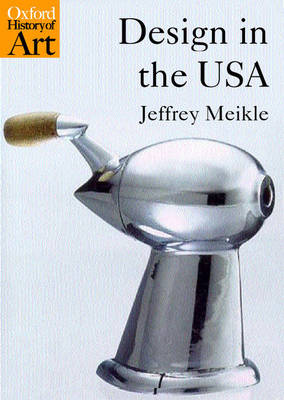 design’s significance came in May 1927, when Henry Ford (1863–1947) shut down the vast River Rouge plant, an international symbol of industrial modernity, and quit making the Model T. He was reacting to competition from General Motors, whose low-end Chevrolet, only slightly more expensive than a Model T, sported a lower, more rounded, better integrated silhouette. The automotive market was approaching saturation. Most people who wanted cars already had them, and new car sales were mostly replacements for unstylish Model Ts. Despite Ford’s key role in industrialization, he was ambivalent about progress and had long considered the Model T as a tool for improving the lives of farmers. But Alfred P. Sloan Jr. (1875–1966), president of General Motors, recognized the automobile’s radical cultural novelty. He realized the public would reward a manufacturer who enabled them to drive inexpensive cars resembling the sleek, hand-crafted Auburns and Marmons of the upper class.
design’s significance came in May 1927, when Henry Ford (1863–1947) shut down the vast River Rouge plant, an international symbol of industrial modernity, and quit making the Model T. He was reacting to competition from General Motors, whose low-end Chevrolet, only slightly more expensive than a Model T, sported a lower, more rounded, better integrated silhouette. The automotive market was approaching saturation. Most people who wanted cars already had them, and new car sales were mostly replacements for unstylish Model Ts. Despite Ford’s key role in industrialization, he was ambivalent about progress and had long considered the Model T as a tool for improving the lives of farmers. But Alfred P. Sloan Jr. (1875–1966), president of General Motors, recognized the automobile’s radical cultural novelty. He realized the public would reward a manufacturer who enabled them to drive inexpensive cars resembling the sleek, hand-crafted Auburns and Marmons of the upper class.
Sloan’s strategy at General Motors transformed the marketing of automobiles and the design of most other mass-produced consumer products. The first part of the strategy involved rationalizing the various brands GM had acquired through corporate takeovers. From the inexpensive Chevrolet up through Buick and La Salle to the most expensive Cadillac, there was a model for every price bracket and always something higher to aspire to. GM also perfected a system of ‘flexible mass production’, basing the different product lines on a limited number of chassis sizes and body types and differentiating them with minor cosmetic variations in fenders, bumpers, radiator grilles, chrome accents, and interior details, very much as the furniture makers of Grand Rapids had built up stylistically distinctive cabinets or bedsteads by adding layers of differing ornament to otherwise identical forms.
The second part of GM’s marketing strategy put this hierarchy of models into dynamic motion through time. The so-called annual model change, firmly established by 1927, was intended to stimulate demand by introducing minor styling changes into each model each year to create an impression of novelty even if a car’s mechanical functions remained essentially unchanged. Dramatic, newsworthy design changes occurred initially only in the most expensive models, thereby raising expectations among consumers who could afford only lower-priced models. In subsequent years such innovative details would migrate down the line, enabling even purchasers of the lowly Chevy to enjoy features recently limited to society’s economic elite—but subtly reinterpreted to reflect the presumed vulgarity of lower income groups.
Under Sloan’s guidance, General Motors developed an overarching design policy. In 1927 he established an Art and Color Section with a staff of 50. As director he appointed Harley Earl (1893–1969), a designer with experience creating custom auto bodies for Hollywood actors. Earl had just achieved a resounding success for GM with the 1927 La Salle, which boasted long front fenders, a roof gently rounded at the back, elongated side windows, and such elegant detailing as a chrome band between cowl and hood. As the Art and Color Section set to work on other GM models, the concept of the motor car as a thing of beauty, not merely of utility, became democratized. Using modelling clay over full-sized wooden forms, Earl’s stylists sculpted low-slung bodies notable for integrating the formerly disparate parts —engine and passenger compartments—of a closed automobile. These stylistic innovations exploited a shift in manufacturing from labour-intensive composite bodies of sheet metal on wooden frames to ‘all-steel’ bodies stamped in huge presses with dies whose wide-radiused curves encouraged a sculptural flair. Earl brought style to the masses.
Although developments at GM echoed for decades, immediate attention in 1927 focused on the Ford Motor Co. With journalists wondering whether Henry Ford would ever make another car, his associates were busy designing and tooling up for the Model A, introduced to great fanfare five months after the demise of the Model T. Although the new model was easier to shift and drive, endearing it to the increasing ranks of female drivers, stylistic improvements were modest. The Model A appeared somewhat sleeker, with lower road clearance, a longer wheelbase, bumpers of two flat parallel strips of chromed steel, a radiator with an elegantly curved frame, and a gently rakish backward slant. Even so, compared with GM’s bottom-of-the-line Chevrolet, there was nothing particularly innovative about the Model A. Its significance lay in the fact that America’s most famous industrialist, the inventor of the mass-production assembly line, had to spend $18 million on retooling just to keep pace with more artful competition.
Ford’s experience made an impression on other business executives who faced market saturation, consumer resistance, falling sales, and intense competition. Two out of three businessmen surveyed about the significance of ‘art and business’ spontaneously mentioned the Model A conversion as a cautionary tale. One executive referred to it as ‘the most expensive art lesson in history’, a phrase that carried special significance for those who heard his prepared remarks at a dinner meeting on 29 October 1929, the day the bottom fell out of the stock market. With the economy sliding from recession into depression, many manufacturers turned to product design, both as a means of overcoming competition in their own industries and later as a panacea for restoring the entire nation’s economic health.

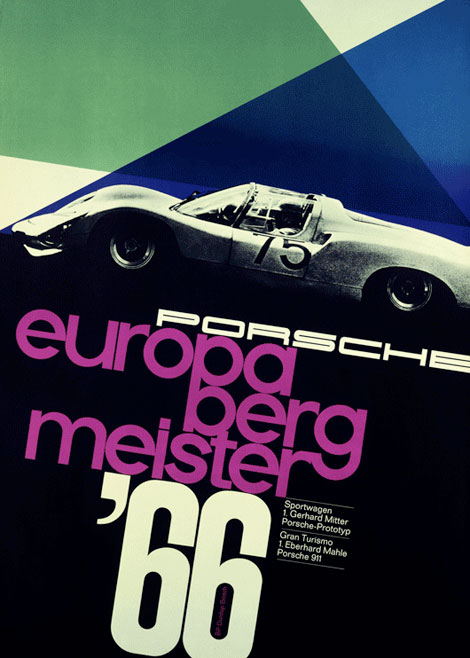
Europa-Bergmeister 1966 designed by Volz
Typography at 200mph. Amazing Porsche posters designed by Erich Strenger and Volz.
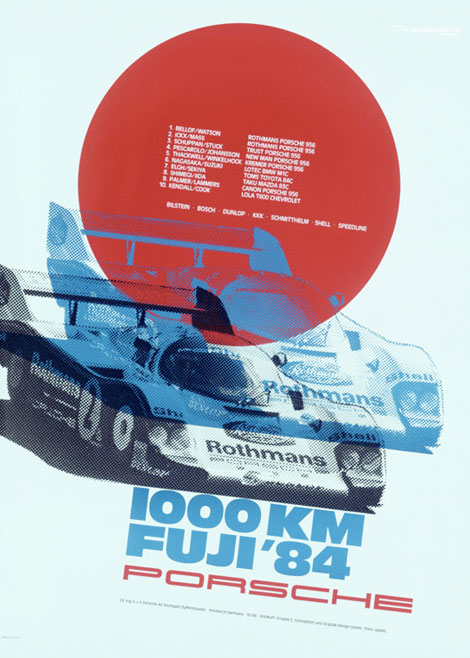
1000 km Fuji ‘84 - Designer: Gruppe C Conception und Graphic Design GmbH
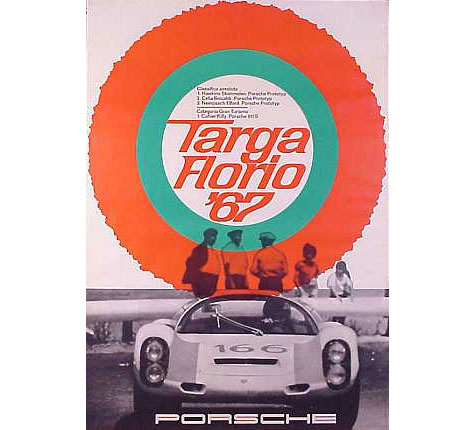
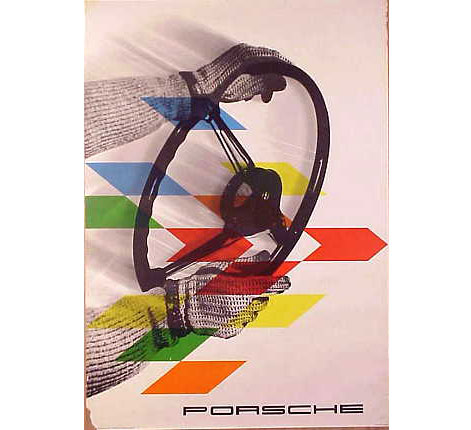
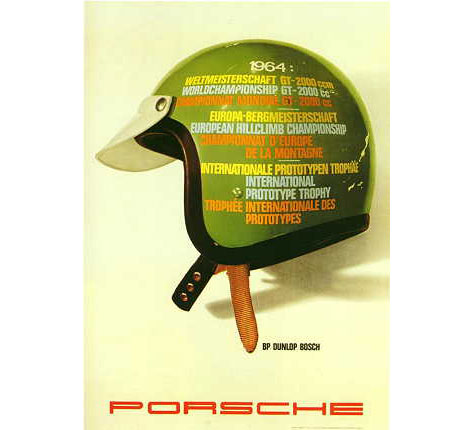
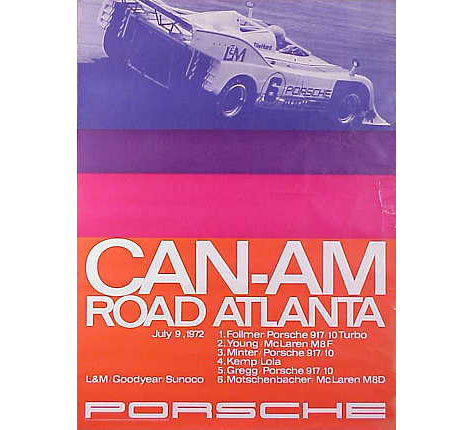
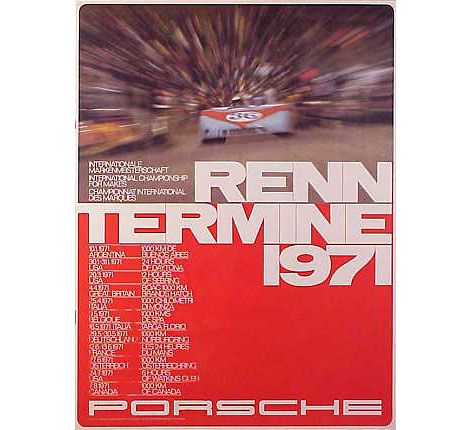
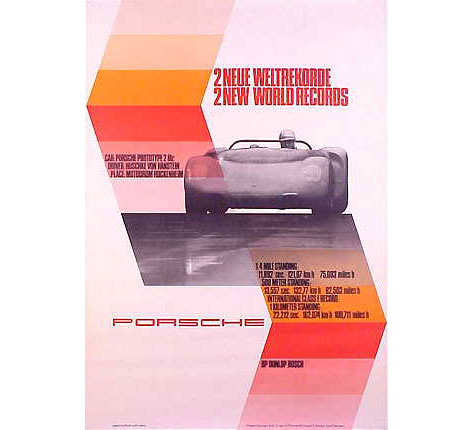
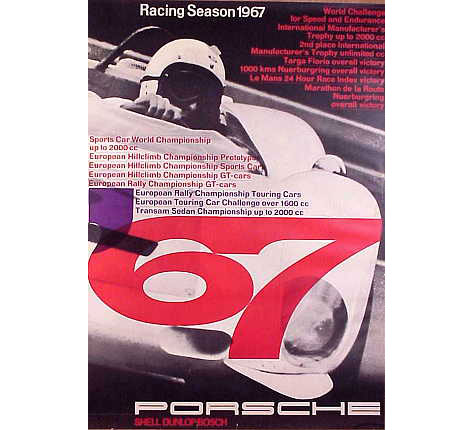
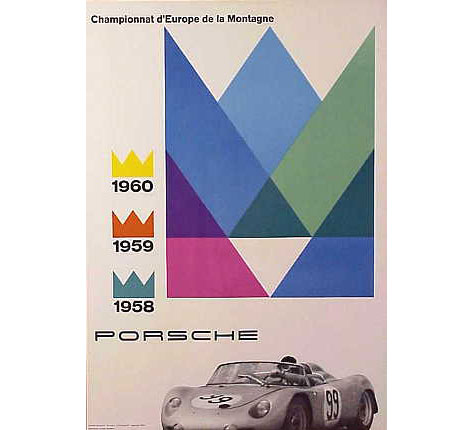
1. see above 2. see above 3. Targa Florio 1967 - design by Volz .4. Gloved Hands on Wheel c1961 -Designed by Erich Strenger 5. Meisterschaften 1964 6. Can-Am Road Atlanta - design by Erich Strenger 7. Renn Termine 1971 8. Two New World Records c1965- design by Atelier (studio) Strenger 9. Rennsportyahr 1967 - design by Volz 10. Championnat d’Europe de la Montagne 1960
Top 2 images via AUSmotive.com via Auto kopen. The rest of the images via VP Racing.com.
Also I found this book of Porsche posters. Looks like it might be good.
———————–
Not signed up for the Grain Edit RSS yet? Give it a try. Its free and yummy.
No Tags
Share This
Congratulations to our winners in the Grain Edit Design Stimulus Giveaway!.
Grand Prize goes to Tim Kim - 1st pick of the 4 prize options goes to Vertigo Andy - 2nd pick of prizes goes to Jory Dayne- 3rd pick of prizes goes to Tim Kim - 4th prize goes to Celiajoy our winner from twitter - We will contact all of you directly.
©2009 Grain Edit


"SKETCH-asaurus!" is a new blog I created specifically for the artwork created by the kids in my life...daughter, nephews, stepson, friends...I wanted to give them a place to post their artwork for Illustration Friday and just showcase their work.
The first entry is my stepson's drawing for Illustration Friday "Halloween".
 x
x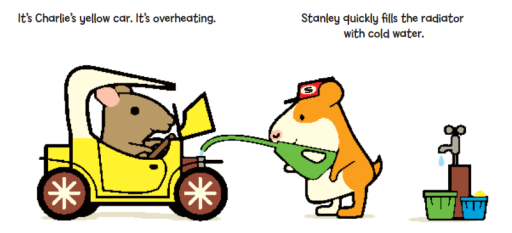
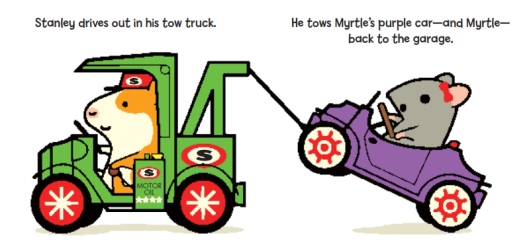

—B&N—Book Depository—Peachtree—your favorite bookstore.




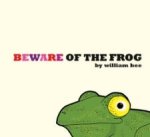
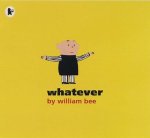

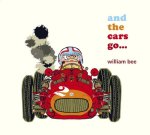


![]()



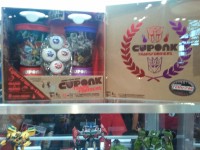
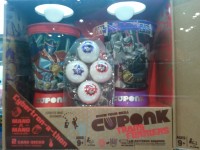
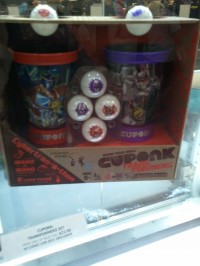
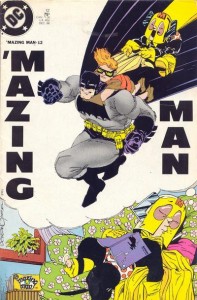
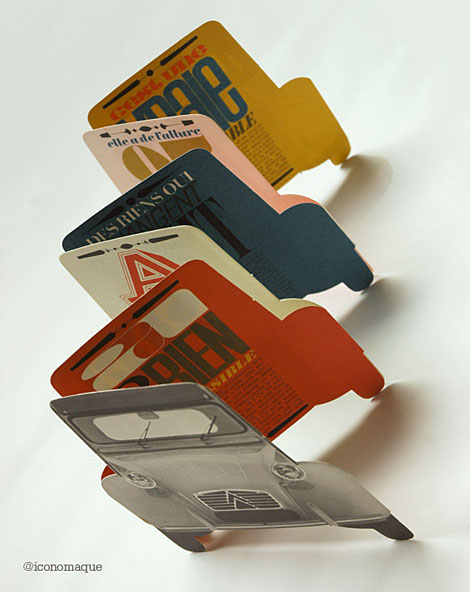
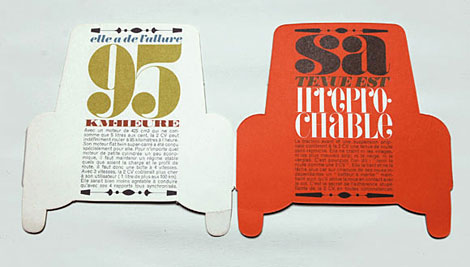
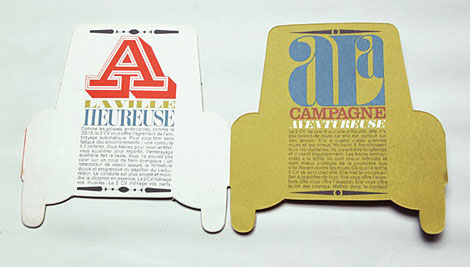
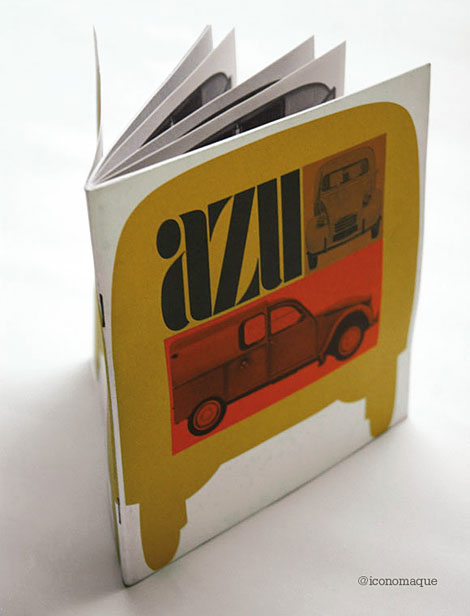

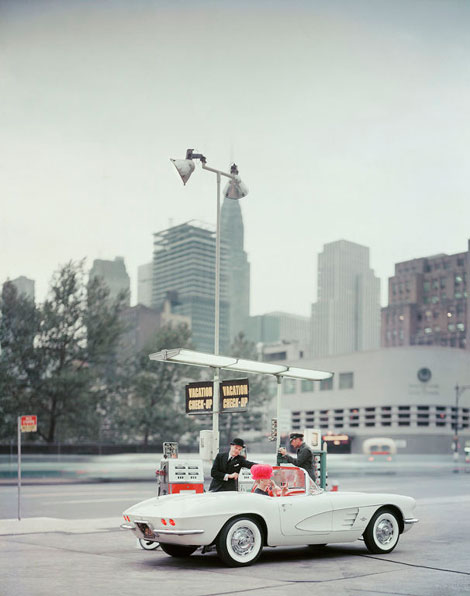
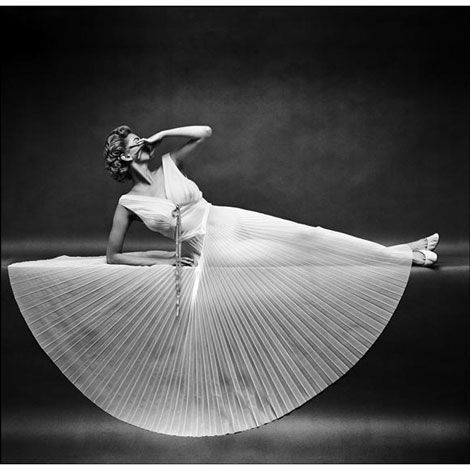
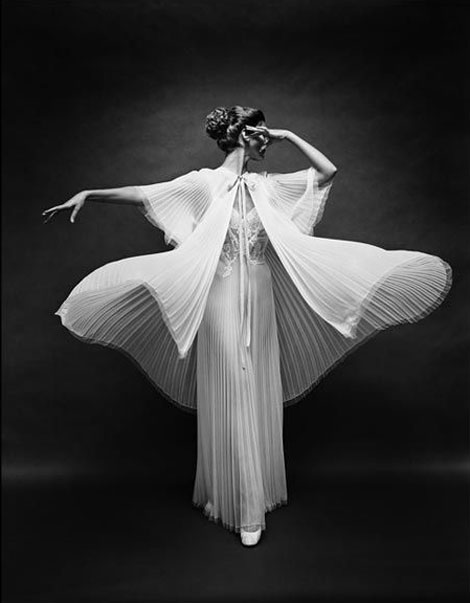
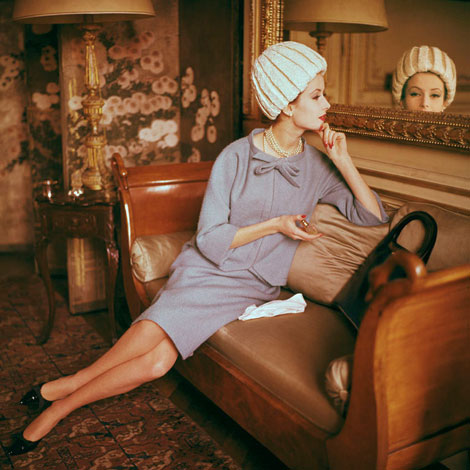

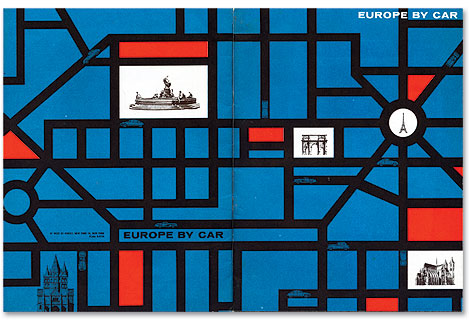
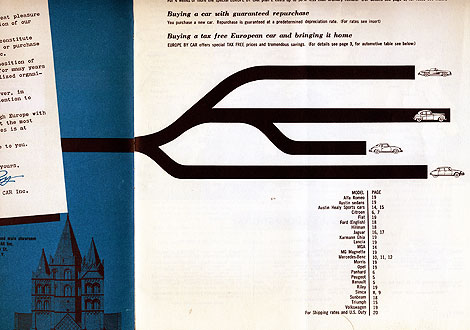
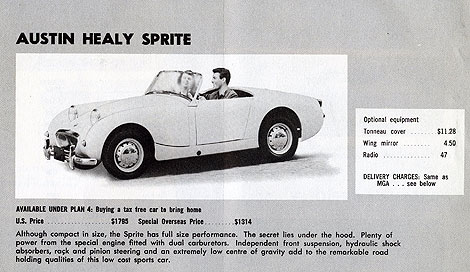












I wonder if girls of the era thought Phil was actually pretty great, because after all, he… uh… was… hmm.
Yeah, not coming up with anything. Although he wasn’t quite as awful as the female relative (was it his mom or his aunt? maybe his grandmother?) who almost guilted Patty into marrying him?
How terrible is it that now I have to start the Patty Fairfield series just to see how awful Phil is?
Please tell me at least that the whole series is on the kindle unlike Betty Gordon & Ruth Fielding.
Urgh, I do so agree. From the moment he first appeared I loathed Phil van Reypen. He is the most obnoxious toad ever.